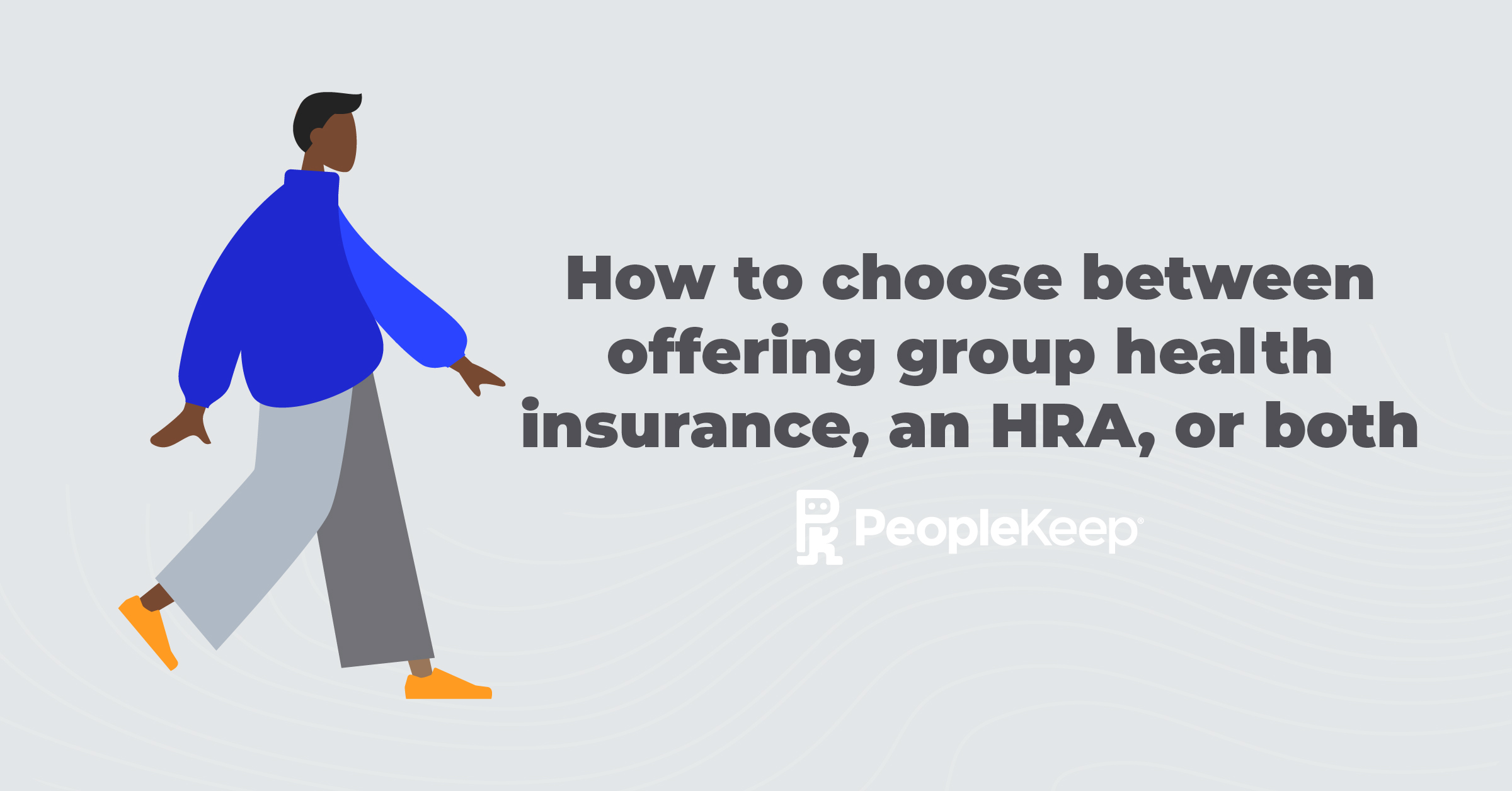HRAs Save Money for Businesses Keeping Group Health Plans, Too
By PeopleKeep Team on November 16, 2012 at 5:08 AM
We often talk about the benefits of Health Reimbursement Arrangements (HRAs), and the mass adoption we are seeing among employers who have had to cancel group health, or would otherwise not offer a health plan.
But the great thing about HRAs is that they can work in a multitude of ways, for all different company setups. One example is HRAs that work alongside group health insurance plans. Let’s explore this.
Starting with the basics, an HRA is an IRS-approved health benefits arrangement that allows employers to reimburse employees tax-free for virtually any type of eligible expense. A HRA is not health insurance, but rather a notional arrangement. No funds are expensed until an employee incurs an approved medical expense and submits it to the HRA administrator for reimbursement.
How Does an HRA Work with a Group Insurance Plan?
Many group insurance plans have a low deductible in the ballpark of around $500. This means that everything above $500 is insured. The company could raise the deductible to $5,000, significantly lowering the insurance premium, but then the employees would be irate over the increased liability.
By setting up an HRA to cover the expense of the deductible, the company can safely raise the deductible without costing the employees a penny. In a nutshell, the employer is self-insuring the first $5,000 instead of the first $500, so they aren’t paying the insurance company significant overhead on that amount. The company saves money, and the employees save money. It’s a win-win.
To help visualize this, take a look at this image, which depicts a group plan with an HRA and without an HRA. Many covered employees will never hit their $500 deductible, much less a $5,000 deductible, which is where the employer savings comes in. The employer is agreeing to cover all employee expenses up to the change in deductibles ($4,500 in this case), but most employees won’t spend this much. This means everyone ends up paying even less.
Another way of thinking about it is, right now, insurance companies are profiting off everything they insure for your group. By self-insuring more of the policy, you are reducing insurance company profits and keeping them – or passing them on to employees.
Check out more resources
See these related articles

How group health plans & group health insurance compare
This blog goes over group health plans and group health insurance, how they differ, and how you can use an HRA to help your employees save on healthcare.

How to choose between offering group health insurance, an HRA, or both
Not sure whether to offer group health insurance, an HRA, or both? Compare your options to find the best fit for your team and budget.

Pros and cons of group health insurance
In this post, we’ll discuss group health insurance, cover its pros and cons, and go over health benefit alternatives that can work for your organization.


